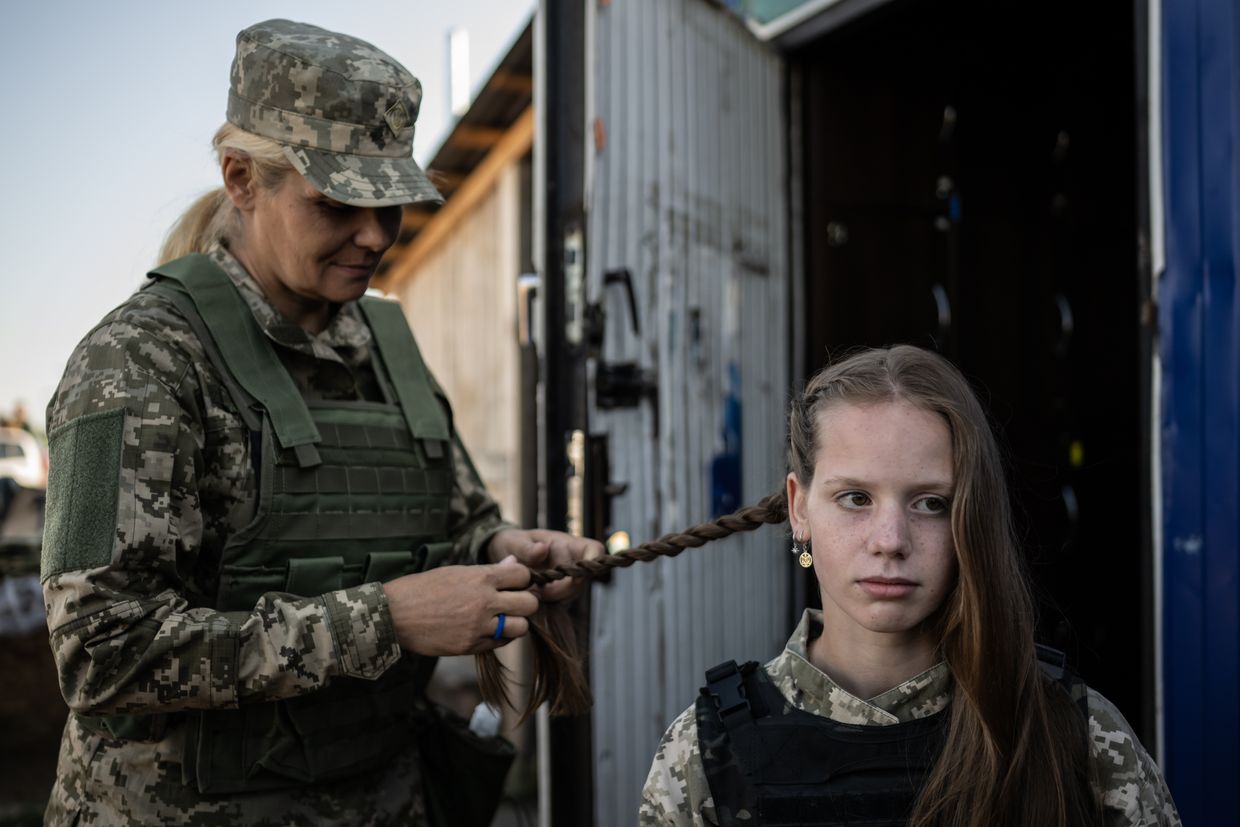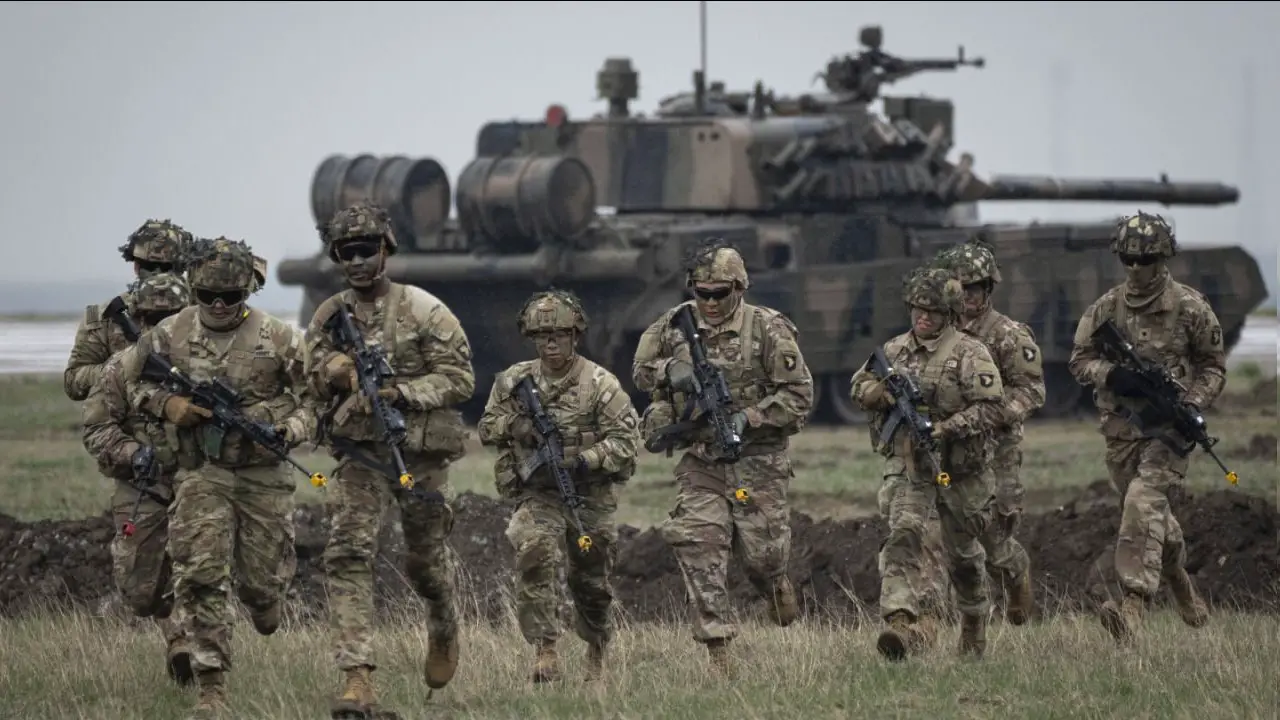Ukraine finds itself grappling with an evolving and increasingly complex security situation. The conflict, now in its third year since Russia’s full-scale invasion in 2022, remains a protracted struggle, with both sides locked in a deadly stalemate. However, the dynamics have shifted significantly in the past months, as Ukraine’s forces, bolstered by international support and advanced military technology, make slow but significant gains. Despite these advancements, the civilian population continues to bear the brunt of the violence, with targeted infrastructure attacks escalating across the country.
A Bloody Tug-of-War
The eastern front, particularly in the regions of Donetsk and Luhansk, remains one of the most fiercely contested battlefields. On October 18, Ukrainian forces launched a renewed counteroffensive near Bakhmut, a city that had been reduced to rubble after months of intense fighting. Reports indicate that Ukrainian troops are gradually reclaiming territory, but the cost of lives is staggering.
Russian forces, despite being on the defensive in some areas, continue to hold their ground through the use of heavy artillery and drone warfare. Both sides have experienced high casualties, and the front lines have barely shifted. The fighting around Bakhmut has become symbolic of the broader war—a bloody tug-of-war where gains are measured in meters, and losses in human lives.

The War from the Skies: Drone Warfare and Aerial Dominance
One of the defining features of the current phase of the war is the extensive use of drone technology. Both Russia and Ukraine have escalated their drone operations, targeting military and civilian infrastructure alike. Ukrainian forces have been particularly adept at using Western-supplied drones for surveillance and precision strikes on Russian positions. On the other hand, Russia has increasingly relied on Iranian-supplied drones to strike deep into Ukrainian territory, targeting critical infrastructure such as power plants, water supplies, and civilian shelters.
In Kyiv, on the night of October 17, a series of drone attacks left much of the capital without power for several hours. Ukrainian air defenses could intercept most of the drones, but the few that made it through caused significant damage. The psychological impact of these attacks on the civilian population is immense, as people continue to live under the constant threat of air raids.
Winter is Coming: Energy as a Weapon
As winter approaches, energy infrastructure becomes a critical target in the conflict. Russia’s strategy of systematically attacking Ukraine’s power grid, which began in the winter of 2022, has continued into 2024. On October 18, Russian missile strikes knocked out power in several major cities, including Kharkiv and Zaporizhzhia, leaving millions of people without electricity and heating as temperatures drop.
Ukraine has responded by fortifying its energy grid with help from Western partners, but the sheer scale of the attacks has made it impossible to shield the country from blackouts fully. The Ukrainian government has urged citizens to prepare for a harsh winter, warning that power outages may become a regular occurrence in the coming months. Energy has become a weapon of war, and civilians are the primary targets.
The Role of Western Support: A Lifeline with Strings Attached
Ukraine’s ability to hold off Russian advances and launch its counteroffensives is largely due to the continued flow of military and financial support from Western nations. The United States, the European Union, and NATO countries have provided billions of dollars in aid, including advanced weapons systems such as HIMARS rocket launchers, Leopard tanks, and Patriot missile batteries.
However, as the war drags on, there are signs of fatigue among Ukraine’s Western allies. In the U.S., the upcoming 2024 presidential election has polarized opinions on continued support for Ukraine. Some political factions are pushing for a reduction in aid, arguing that the war is draining U.S. resources and attention away from other global challenges. In Europe, energy shortages and rising inflation have sparked protests in several countries, with some citizens calling for an end to sanctions against Russia to restore normal trade relations.
Despite these challenges, the Ukrainian government remains optimistic about Western support. President Volodymyr Zelensky has maintained close relationships with key Western leaders, securing promises of continued assistance. On October 18, Zelensky addressed the European Parliament, urging them to maintain a united front against Russian aggression and warning that any wavering in support could embolden the Kremlin.

Humanitarian Crisis: Civilians in the Crossfire
The humanitarian situation in Ukraine continues to deteriorate, with millions of civilians caught in the crossfire. As of October 2024, the UN estimates that over 8 million people have been displaced internally, with another 4 million seeking refuge in neighboring countries. In cities like Mariupol and Kherson, which have been under constant bombardment, the population faces severe shortages of food, water, and medical supplies.
Aid organizations are struggling to deliver assistance to the hardest-hit areas due to the ongoing fighting and the deliberate targeting of humanitarian convoys. On October 18, a Red Cross convoy attempting to deliver food and medicine to the besieged city of Mariupol was hit by a Russian missile strike, killing three aid workers and further delaying the delivery of vital supplies.
War Crimes and International Law: Seeking Justice
Accusations of war crimes continue to mount on both sides. Ukrainian officials have documented numerous cases of summary executions, torture, and rape carried out by Russian forces in occupied territories. On October 18, the International Criminal Court (ICC) announced that it had opened new investigations into alleged war crimes in eastern Ukraine, focusing on the treatment of civilians and prisoners of war.
Meanwhile, Russia has accused Ukraine of similar violations, particularly in its handling of Russian POWs. Both sides deny the accusations, but the fog of war makes it difficult to verify the claims. Human rights organizations have called for an independent investigation into all alleged war crimes, but such efforts are hindered by the ongoing conflict.
Diplomatic Efforts: A Road to Nowhere?
Diplomatic efforts to end the conflict remain at a standstill. Multiple attempts at ceasefires and peace talks have collapsed, with neither side willing to make significant concessions. On October 18, the UN held an emergency session to discuss the worsening security situation in Ukraine, but no concrete steps were taken toward resolving the conflict.
Russia continues to demand recognition of its annexation of Crimea and parts of eastern Ukraine, while Ukraine insists on the full restoration of its territorial integrity. The international community is deeply divided, with some nations calling for immediate peace talks, while others, particularly in the West, support Ukraine’s goal of reclaiming all occupied territories.
The Shadow of Escalation
One of the gravest concerns as the conflict drags on is the potential for nuclear escalation. Although both Russia and NATO have refrained from direct military confrontation, the risk of miscalculation remains high. On October 18, Russian President Vladimir Putin reiterated his country’s nuclear doctrine, stating that Russia reserves the right to use nuclear weapons if it perceives an existential threat.
While most analysts believe that the likelihood of a nuclear strike remains low, the possibility cannot be entirely dismissed. The Zaporizhzhia nuclear power plant, Europe’s largest, remains under Russian control, and any military activity around the plant poses a serious risk of a nuclear disaster.
A Conflict with No End in Sight
As of October 18, 2024, the war in Ukraine shows no signs of ending. The conflict has reached a grinding stalemate, with both sides unwilling to back down and the international community unable to broker a peace agreement. Ukraine continues to fight for its survival, relying on Western support and its resilience to push back against Russian aggression.
However, the toll on the civilian population is devastating, and the threat of further escalation looms large. As winter approaches, the humanitarian crisis is likely to worsen, with energy shortages, food insecurity, and displacement affecting millions of people. The world watches with bated breath, hoping for a resolution, but fearing that the worst may be yet to come.



